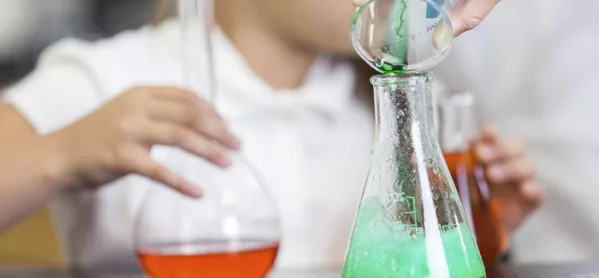Fewer than a quarter of 10- and 11-year-olds reached the expected standard in science last year, according to statistics published today.
The results show that an estimated 23 per cent of pupils reached the expected standard in science in 2016 - based on a representative sample of 9,500 pupils across 1,900 schools.
But pupils who were taught under the old curriculum did better - with 28 per cent of pupils estimated to have achieved the current expected standard in 2014.
The statistics, which the Department for Education warns should be treated with caution, show how many pupils reached the current expected standard - rather than the old level 4.
The report, published today, states: “As there was a large overlap of questions between the 2014 and 2016 administrations, outcomes can be reported on the same scale. However, any differences in performance between 2014 and 2016 must be considered in the context of the changing primary curriculum.”
Pupils taking part in the 2014 sample were not exposed to the new curriculum - and pupils taking part in the 2016 sample only had two years of the new curriculum.
Gender gap ‘closed’
The original science Sats, taken by every child, were scrapped in 2009 after a review found that they were poor predictors of children’s later science results.
The first science sample test was introduced in 2010 and was taken by 27,210 pupils in 747 schools. The methodology was changed in 2014 to sample fewer pupils across more schools.
In 2012, the last time the tests were taken under the old methodology, 84 per cent reached the expected level 4.
The statistics also show that in 2016 there was no gender gap, with just over 22 per cent of boys and girls estimated to have achieved the expected standard. In 2014, just over 27 per cent of boys and just over 28 per cent of girls had reached the expected standard.
But the gap between pupils on free school meals and others remains, with 9 per cent of pupils on free school meals reaching the expected standard in 2016 compared with just over 25 per cent of non-free school meals pupils - a gap of 16 percentage points.
In 2014, just over 13 per cent of free school meals pupils had achieved the expected standard compared with 31 per cent of non-FSM pupils, a gap of 18 percentage points.
Want to keep up with the latest education news and opinion? Follow Tes on Twitter and like Tes on Facebook




